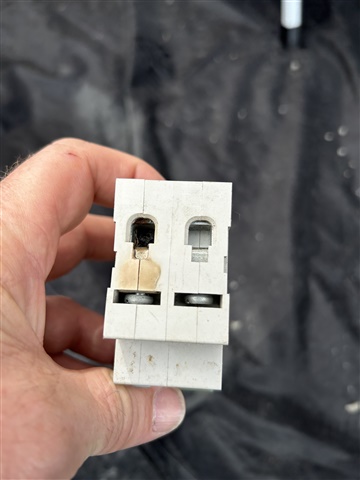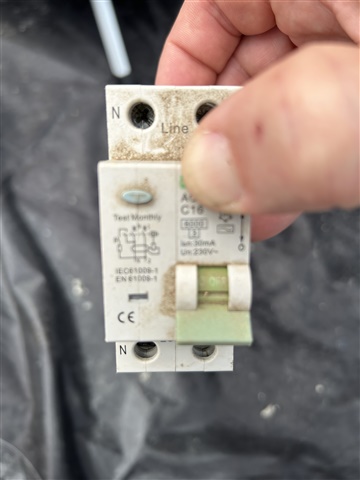Hi,
Am presently staying at a farm caravan park in south of England and the owner has shown me a problem he is having with some individual pitch electrical devices. Apparently, over time a number of the Type C 16A RCD devices have been affect by the INCOMING supply neutral connection overheating. Seems unlikely to be loose connection on so many devices and device are not tripping.
site is served by overhead 2 phase connection with single phase distribution to at least 3 sepeate areas built at different times. Pitches are served by buried SWA and marked up as “ring”. RCDs are British supplier and all other connections on the 30mA device are clean and unaffected. Are we looking at an harmonics problem or distribution system fault. All suggestions welcome (It won’t spoil my holiday) Thanks
Dave


